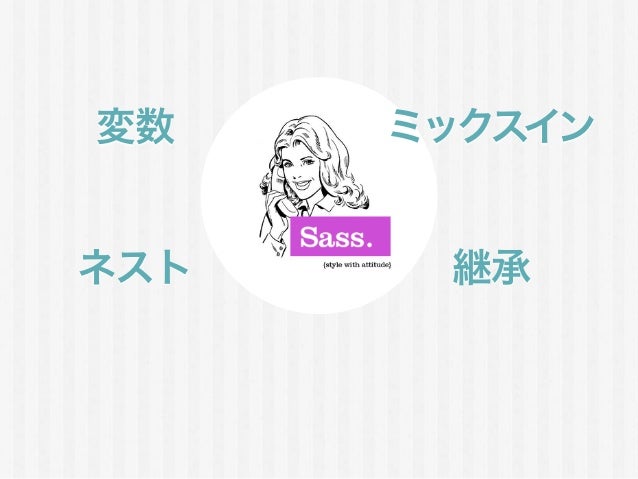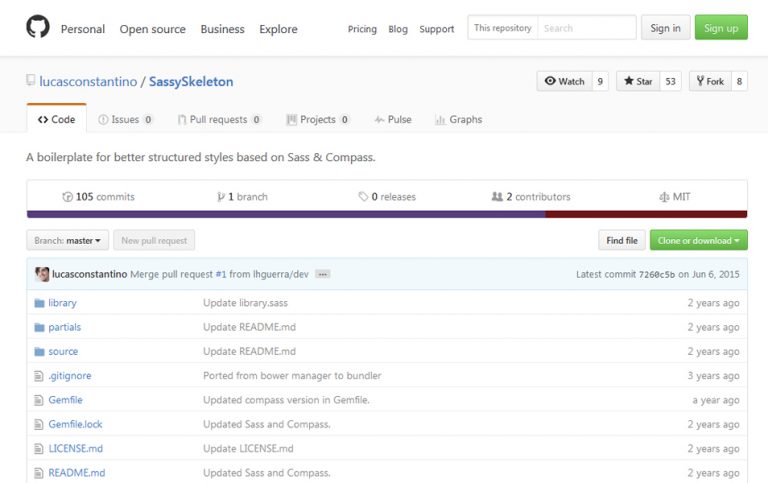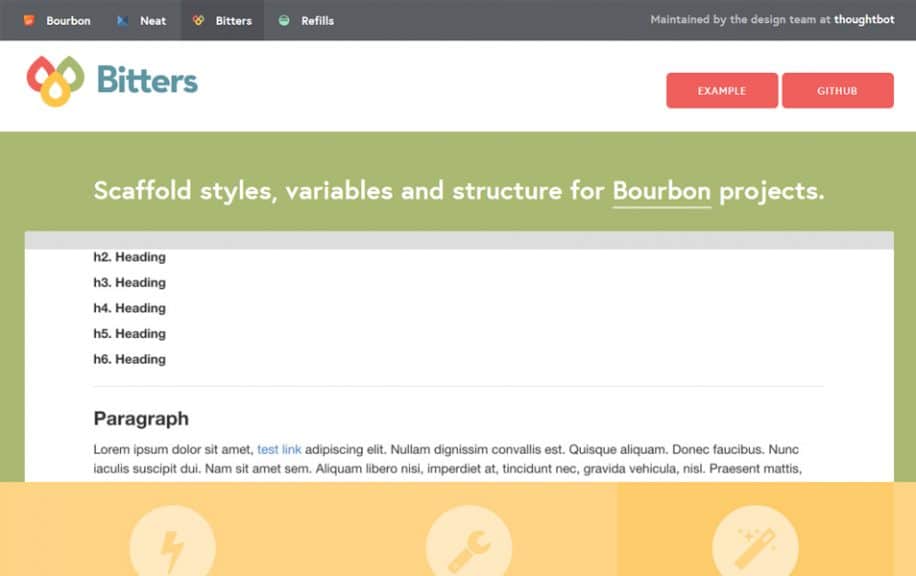

This is totally fine - just note that you should make sure to save the whole theme, with all the working files (ie.
#Prepros icon zip
zip the theme and upload it, you’ll find that the styles/ directory isn’t included.

In Shopify Themes, any additional top level directories are ignored by both Theme Kit and Shopify servers. Your styles folder is ignored automatically Note: when importing partials, there’s no need to include the _ in your statement. Then the stylesheet into the top of theme.scss. If the stylesheet doesn’t have any Liquid objects, you can simply copy the stylesheet file into vendor/, and rename into a partial with a preceding _, such as _name-of-file.scss. Prepros can’t compile Liquid, thus the compiler will error-out if you try to use a file containing Liquid objects with a. You can do this provided that the existing file doesn’t include any Liquid objects. Importing an existing stylesheet into your SCSS structureĪdditionally, you might want to import an existing stylesheet into your fancy new SCSS folder structure. We can then attach the styles by linking to theme.css inside our theme.liquid file, in the: Using the directive follows a basic SCSS project setup, so that you can easily see and control the order of all modular styles in a project.įor this tutorial, I’ve created a _header.scss partial inside the modules directory, and then used an statement in my theme.scss, to link everything together. You can place SCSS partials in the subdirectories of styles/, and all the partials into theme.scss. When setting up the SCSS folder structure (the example below is just showing styles), it might look something like this: If you’re unfamiliar with these concepts, I urge to you read more about them they are great best practices for building scalable systems. We use a combination of SMACSS guidelines, and BEM CSS naming conventions. In the case where you want to set up your own SCSS structure for a theme with live reloading, I suggest using a similar approach to how we build themes at Shopify. If you’ve never set up a SCSS project before you might want to learn about SCSS first. Setting up brand new SCSS files and directories in a themeįor those already familiar with SCSS, this should make some sense. In the example above, custom.css is the name of the new CSS file you wish to link into your existing theme.

In the of your markup, add in the following code, after the original stylesheet:

To add an additional custom CSS file, simply go into the layout directory, and locate the theme.liquid file. For small tweaks to the existing theme, I suggest adding an additional stylesheet for your changes, or appending changes to the CSS at the bottom of the original CSS file. To customize an existing theme, you’ll need to either add in a new stylesheet or amend an existing one. This ensures that the changes you make directly to a CSS file, whether through Prepros SCSS compilation or direct editing, are tracked and then synced to Shopify’s servers and your store. The final step with Theme Kit is to run the theme watch command. I’m going to cover two ways of using live reloading with Shopify Themes with regular old CSS files, and with Sass (SCSS) compilation. To do this you can follow the instructions provided through the Theme Kit tutorial. For this tutorial, we’ll use a few different tools: Theme Kit, the command line, a text editor of your choice, and Prepros.īefore we get into hooking up live reloading with Prepros, you’ll need to have already set up Theme Kit with the theme you will be working on. In this tutorial we will take you through integrating Prepros into a Theme Kit development workflow, step-by-step, so you no longer need to manually reload your browser to see changes. It takes time, and time is something we all wish we had more of. Right click the project name to open it in your favorite editor.No one likes refreshing their browser every time you make a change to HTML, CSS, and JS during development. Prepros will now watch your files, compile them then reload your browsers automatically. You can configure Prepros to proxy requests to an external server. If your website has dynamic content and requires a server such as XAMPP, Mamp, Wamp, WordPress etc.
#Prepros icon windows
If your website consists only of static HTML files you can open Preview right away by hitting CTRL+L on Windows & Linux and CMD+L on macOS. You can configure settings for your project from Project Settings. Prepros is also very flexible so you can configure Prepros in way that fits your needs. Prepros comes with sensible defaults out of the box so you can start working on your project right away without writing a 100 line configuration file. Prepros automatically imports settings if you have a Prepros 6 configuration file inside of the folder. Simply drag and drop a folder into the Prepros window to add a new project.


 0 kommentar(er)
0 kommentar(er)
